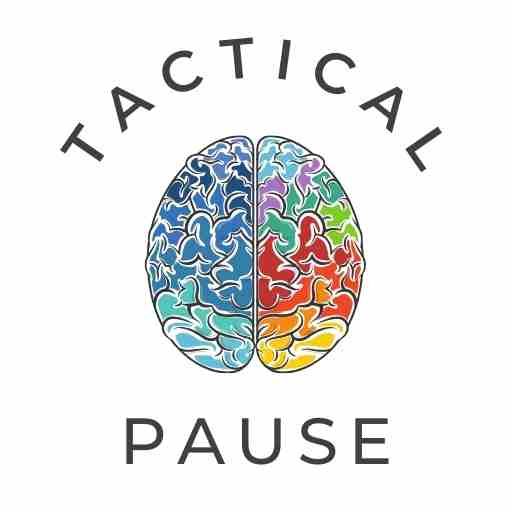Description
Vinyasa Yoga is a dynamic style of yoga that links movement with breath in a flowing sequence of poses. The term “Vinyasa” means “to place in a special way,” referring to the deliberate sequencing of postures to create a smooth, continuous flow. This style of yoga is often referred to as “flow” yoga and can vary in intensity and pace, making it adaptable for beginners to advanced practitioners. The continuous movement and synchronized breathing create a meditative flow that enhances both physical and mental well-being.
Benefits
- Enhances Flexibility and Strength: Builds muscle strength and increases flexibility through varied poses.
- Improves Cardiovascular Health: The continuous movement elevates the heart rate, providing cardiovascular benefits.
- Boosts Mental Clarity and Focus: The synchronization of breath and movement enhances concentration and mental clarity.
- Reduces Stress and Anxiety: The flowing movements and breathwork promote relaxation and reduce stress.
- Increases Endurance: The dynamic nature of Vinyasa Yoga builds stamina and endurance over time.
- Promotes Mind-Body Connection: Enhances awareness and coordination between the mind and body.
Steps
- Find a Quiet Space: Choose a calm environment where you can practice without distractions. Use a yoga mat for comfort and stability.
- Warm-Up: Begin with gentle stretches or poses to prepare your body for the practice. Examples include Cat-Cow Pose and gentle spinal twists.
- Practice the Vinyasa Flow Sequence:
- Mountain Pose (Tadasana): Stand tall with feet together, arms at your sides. Inhale and raise your arms overhead, reaching toward the sky.
- Forward Fold (Uttanasana): Exhale and fold forward from the hips, bringing your hands to the floor or shins.
- Halfway Lift (Ardha Uttanasana): Inhale and lift your torso halfway, keeping your back flat and hands on your shins or thighs.
- Plank Pose: Exhale and step back into a plank position, keeping your body in a straight line.
- Chaturanga Dandasana: Lower your body halfway down to the floor, keeping your elbows close to your sides.
- Upward-Facing Dog (Urdhva Mukha Svanasana): Inhale and roll over your toes, lifting your chest and thighs off the floor.
- Downward-Facing Dog (Adho Mukha Svanasana): Exhale and lift your hips up and back, forming an inverted V-shape with your body.
- Link Breath with Movement: Synchronize each movement with an inhale or exhale to create a smooth, flowing sequence. Repeat the Vinyasa flow several times, moving at a pace that feels comfortable for you.
- Cool Down: Finish your practice with gentle stretching and relaxation poses such as Child’s Pose (Balasana) and Savasana (Corpse Pose).
- End with Relaxation: Spend a few minutes in Savasana, lying on your back with your arms at your sides and eyes closed. Focus on your breath and allow your body to fully relax.
Guided Class
Research
- Effects of Vinyasa Yoga on Cardiovascular Health and Physical Fitness: This study explores how Vinyasa Yoga can improve cardiovascular health and overall physical fitness (Link to Study).
- The Impact of Vinyasa Yoga on Stress Reduction and Mental Health: Research discussing the benefits of Vinyasa Yoga on mental health and stress management (Link to Study).
Important Note
Vinyasa Yoga is generally safe for most individuals, but it can be physically demanding. It is advisable to practice under the guidance of an experienced instructor, especially if you are new to yoga or have any medical conditions. Always practice in a safe and comfortable environment to maximize the benefits.
The wellness exercises and content provided on this website are for informational purposes only and are not a substitute for professional medical advice, diagnosis, or treatment. Always consult a healthcare professional before beginning any new exercise regimen, and never engage in these practices in environments where loss of consciousness could lead to injury. Tactical Pause is not liable for any harm or injury resulting from the use of information provided herein.
